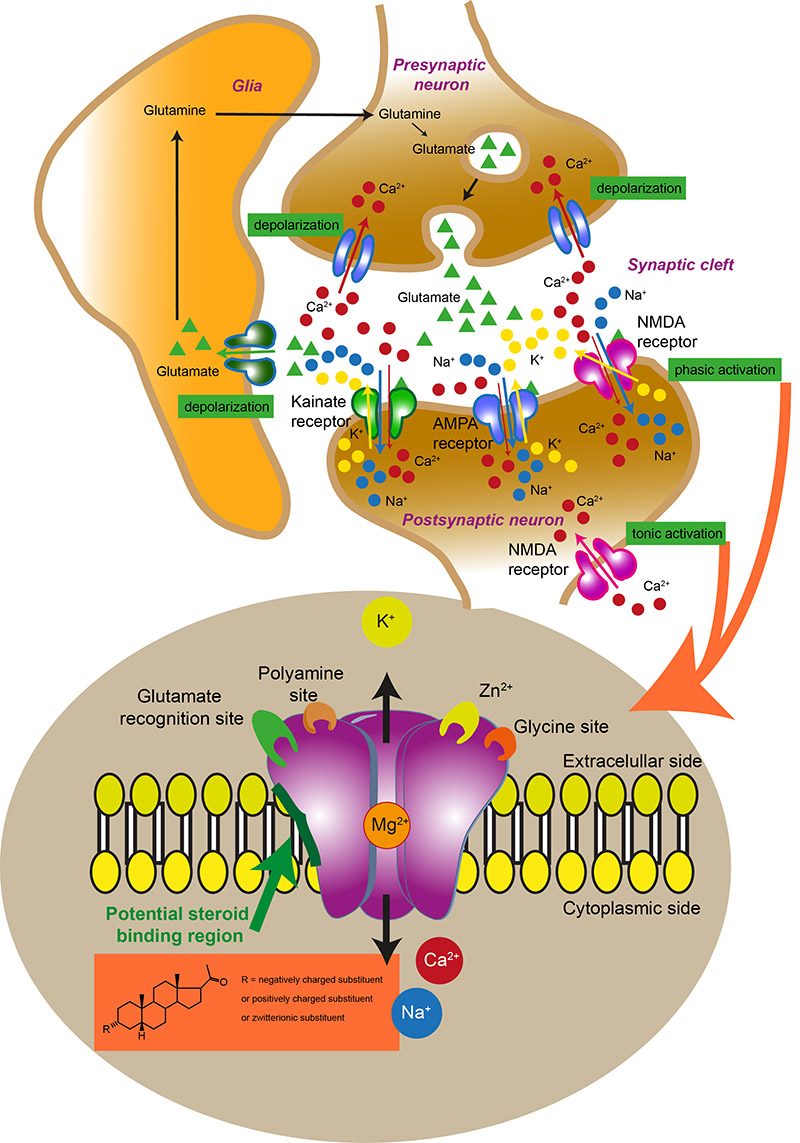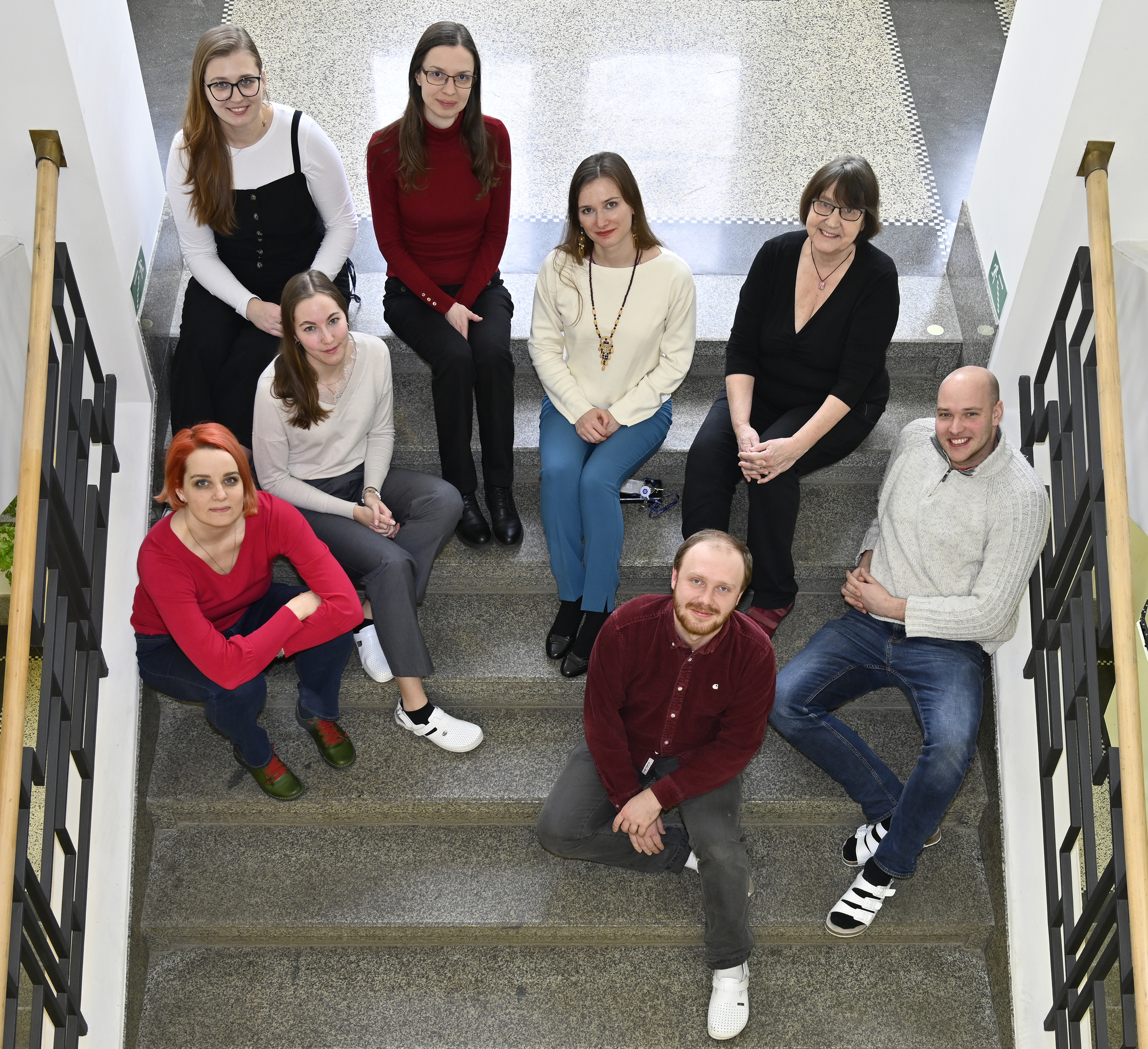O naší skupině
Neurosteroidy, jsou malé molekuly vznikající v organismu metabolickou přeměnou z cholesterolu. Vyvolávají rychlou změnu v excitabilitě neuronů a fungování synapsí. Tento účinek je způsoben přímou, ale zejména nepřímou modulací receptorů pro neuropřenašeče (jako je kyselina glutamová, GABA, glycin, acetylcholin) spojených např. s iontovými kanály. Působí tedy jiným mechanismem než je klasický hormonální účinek steroidů na receptory v jádru buňky.
Jednou z nejvíce studovaných oblastí současné farmakologie a neurověd je hledání nových sloučenin potenciálně využitelných pro léčbu neurologických poškození. I my se snažíme navrhnout, syntetizovat a ověřit účinnost tzv. SMART (z anglického: Steroidal Molecules As Rapid-acting Therapeutics) molekul. Hlavním cílem je získat sloučeniny, které příznivě ovlivní funkci NMDA receptoru (Receptor kyseliny N-Methyl-D-asparagové). Hledáme neuroprotektivní látky bez negativních vedlejších účinků s příznivou aktivitou v několika zvířecích modelech onemocnění, jako je epilepsie, neuropatická bolest, ischemie, neuropsychiatrická onemocnění a další.

Publikace
Všechny publikace







